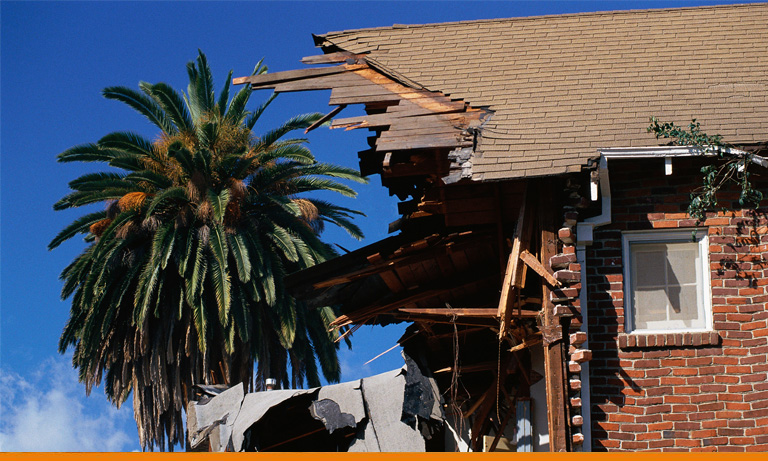A Look at Disaster Preparedness in Los Angeles-Based Data Centers
The ground shook violently, car alarms shrieked and retail boutique windows shattered across the busy sidewalks of Hollywood Boulevard. On January 17, 1994, a 6.7-magnitude earthquake struck just 20 miles west of Los Angeles, producing the strongest seismic disturbance ever recorded in a North American city. This was the costliest natural disaster to strike the United States at the time, causing billions of dollars of structural damage and economic loss, and severely damaging hundreds of buildings throughout the Los Angeles metro area, including skyscrapers, hospitals, stadiums and apartment complexes.

Positioned along the San Andreas Fault, California experiences 10,000 earthquakes on average every year, according to the United States Geological Survey. While most are mild enough to go undetected by the general public, roughly 15 to 20 of these earthquakes reach a magnitude greater than 4.0, thereby exposing vulnerable structures to significant damage.
In California, earthquakes aren’t a seasonal threat like hurricanes, but can strike at any time without warning. Experts predict there is a 67 percent chance of an earthquake with a magnitude of 6.7 or greater striking Los Angeles within the next 30 years.
Disaster Recovery Planning is the Key to Business Continuity
Faced with an earthquake, a company’s information may not be irretrievably lost, but without access to critical data like customer and financial records, its business operations likely won’t be able to withstand the event. An earthquake of high magnitude can easily disable an enterprise data center or colocation site through damage to the structure of the building, equipment, its ability to access power, or the many connections established within the facility.
Data center operators, particularly those in California, must have an adequate disaster recovery plan to mitigate the threat of downtime during an earthquake. Disaster preparedness in seismic-sensitive regions requires a combination of virtual and physical safeguards to ensure the facility’s continued operations. Secondary, offsite backups are a common way for data centers to prepare for disaster. By replicating data in the cloud, data center operators eliminate a single point of failure, ensuring that mission-critical information remains fully accessible. Continue reading from original source….
Contact Details:
Telehouse America
7 Teleport Drive,
Staten Island,
New York, USA 10311
Phone No: 718–355–2500
Email: gregory.grant@telehouse.com
Telehouse America
7 Teleport Drive,
Staten Island,
New York, USA 10311
Phone No: 718–355–2500
Email: gregory.grant@telehouse.com

0 comments:
Post a Comment